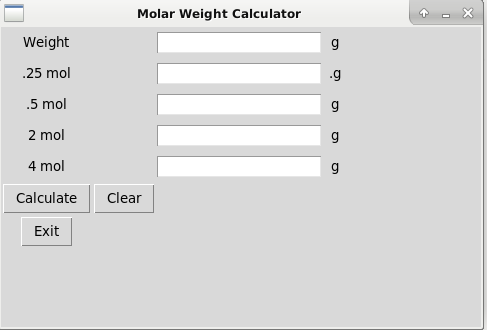Home Chemistry 11 – Making a Citric Acid solution
Further to the previous post on making molar solutions I am going to make up a 250ml solution of Citric acid.
So based on my previous calculations
1 Molar solution is formula weight in 1 litre of Water
Molar Weight of Citric acid 192.19
Amount of Water = 250ml (0.250 l)
Therefore
192.19 / 4 = 48.03g
I can weigh this out easy enough now that I have got some small scales (which are actually used for weighing jewellery) but are really good as they measure to 2 decimal places. Granted max is about 200g, but for what I am doing in chemistry this doesn't matter too much.

The first task is to weigh out the required amount of Powder.

Given I wanted 48.03g, I think for the purpose of home chemistry this is fine.

For the next step I mixed the powder with about 200ml water, stirred well then poured (via funnel) in to a conical flask and topped up to about 250ml (note the flask is approximate.) I may be just over. in a proper laboratory, I would have access to a volumetric flask, which is more accurate. I am making do with what I have.
I would probably have access to some help with this too.

Finally, the solution is poured (via funnel) in to a suitable bottle, that I have already put a label etc on.
This is now stored safely before being taken down to the Library.
We can then use this for various experiments such as adding to alkalis, using indicator (paper or liquid) or whatever else we decide to do).
There is a really nice calculation tool which you can use to help or at least double check calculations.
#HomeChemistry11,#Chemistry,#Science,#HomeChemistry,#CitricAcid,#Solution,#Molar,#Concentration
AI statement : Consent is NOT granted to use the content of this blog for the purposes of AI training or similar activity. Consent CANNOT be assumed, it has to be granted.

